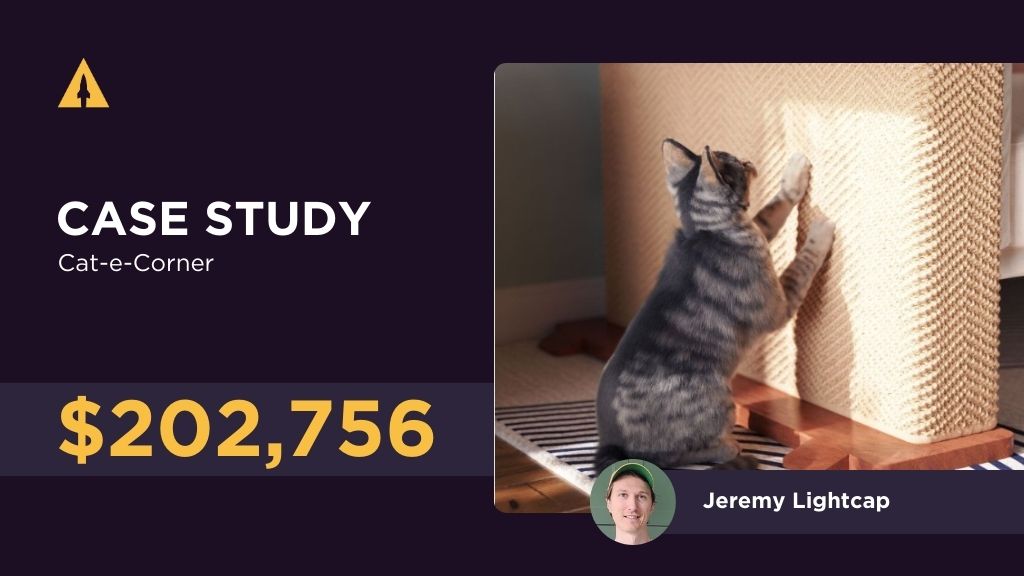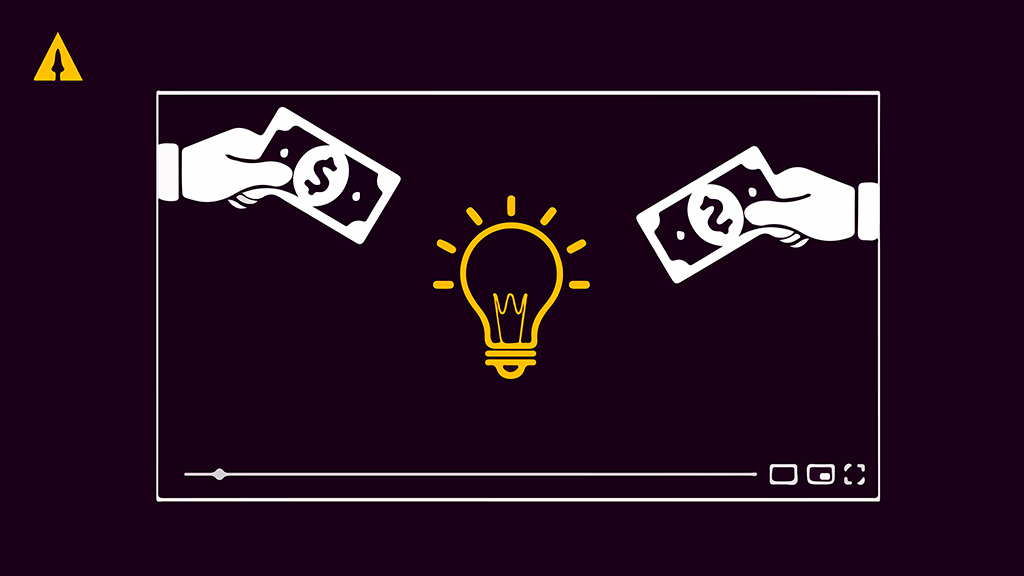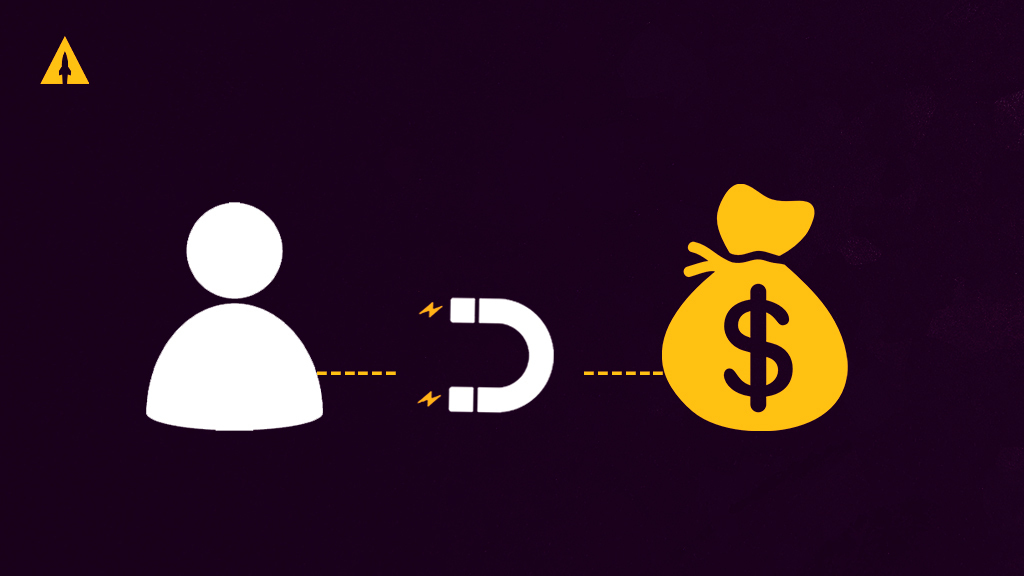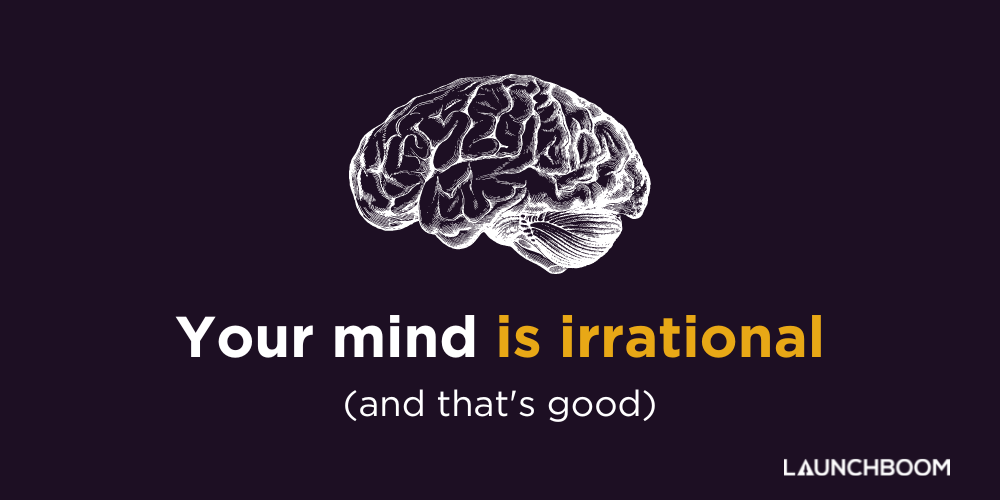
The human mind is a strange thing. The mind created calculus, sent a man to the moon, and also got swayed into buying something yesterday because of FOMO…
That’s right. We are all constantly behaving irrationally. In fact, if you think you’re completely rational, I’m here to tell you that that’s an irrational thought on its own! These irrational behaviors we all share are called cognitive biases.
Unfortunately, some people think they are bad – like a bug in the software of our brain. But cognitive biases are really just mental shortcuts we have to survive.
But more importantly… If you understand these cognitive biases, you will be at a big advantage in business.
Understanding cognitive biases will grow your business
At the end of the day, being good at marketing and sales boils down to understanding human psychology. That’s why it’s so important to understand these cognitive biases that all humans share.
I’m going to break down 7 of the most powerful cognitive biases and how you can use them to grow your business.
#1: Price anchoring
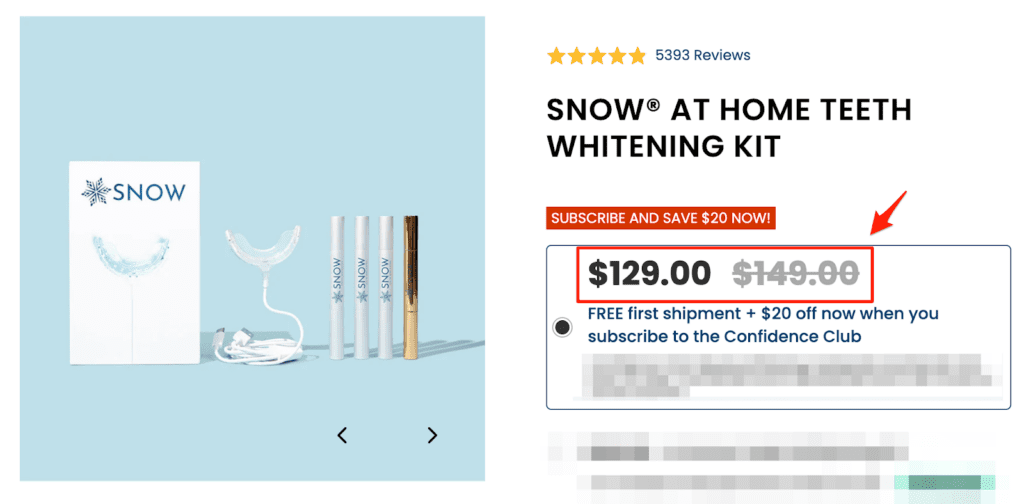
If you saw a product for $100 today and then tomorrow you saw it for $50, you’d probably think “damn, that’s a good deal!”.
That’s price anchoring at work. It’s a cognitive bias where someone’s perception of value is based on an initial price point.
This is probably the most commonly used marketing tactic on this list but that’s because it works. Here are some examples of how you can use it in your marketing:
- Strike-through retail price: slash through the retail price when running a sale.
- Premium anchoring: have one extremely expensive product on your site, everything else will look affordable in comparison.
- Competitor comparison: compare your price point to your competitors in a chart to make yours appear like a good deal.
#2: Loss aversion
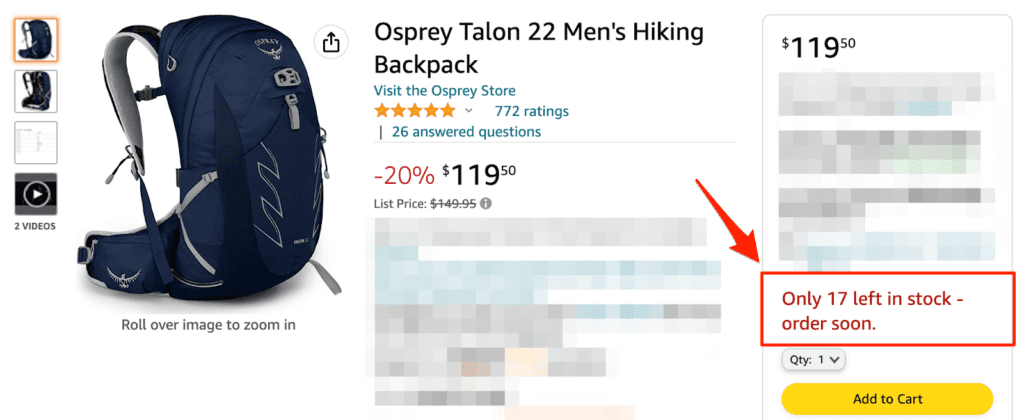
Quick question: Have you ever felt FOMO?
That’s loss aversion at work. It exists because people weigh losses more heavily than gains. If you create FOMO, you’ll get more people to buy your product
Here are some examples of how you can use it in your marketing:
- Show remaining stock: when running low on stock, show the amount that’s left on your product page.
- Limited time offers: create limited time sales and add a countdown timer to your website and email marketing.
#3: Paradox of choice
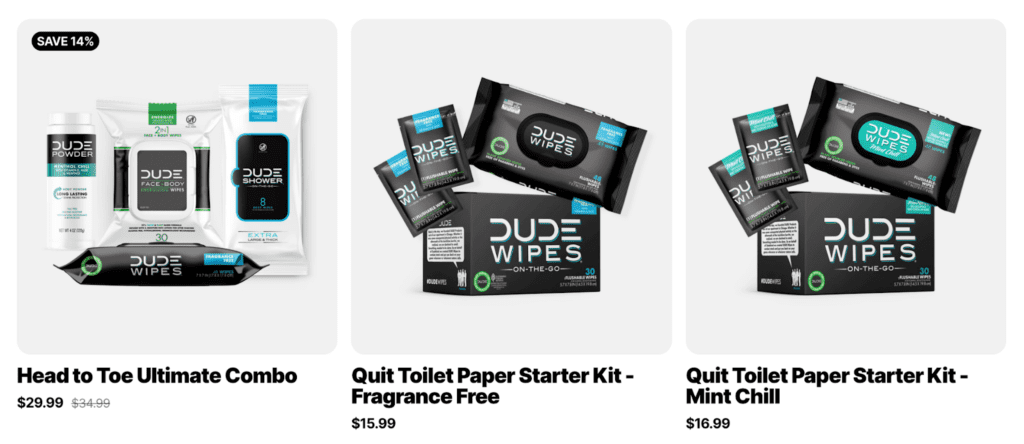
People may think they want lots of choices in their life, but that’s not true.
There’s a TED talk by Barry Schwartz called the Paradox of Choice from way back in 2007. In his talk, Barry explains how when left with too many choices, often people make no choice at all. Not only that, they actually feel less happy when presented with too many choices!
Here are some examples of how you can use it in your marketing:
- Show your best product first: you should be very selective about adding products to your website. If you do add more, always keep your best selling product front and center in your marketing and make it easy to navigate to.
- Bundles: If you have complimentary products, create bundles so visitors can easily choose one.
- Create collections: If you have many SKUs, create different collections on your site so visitors can compare less products at once.
#4: The Zeigarnik effect
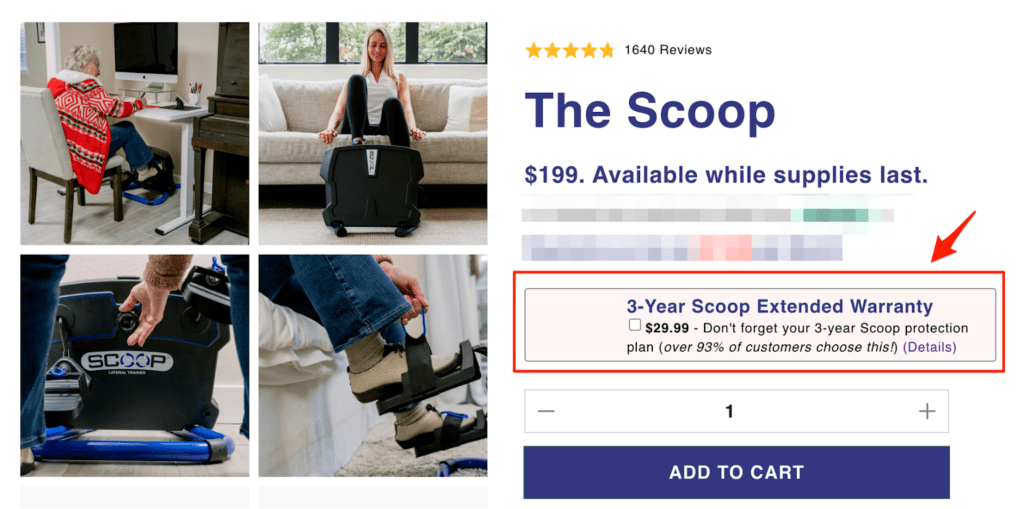
You know that feeling when you have something on your to-do list that’s still not finished? You may have completed 100 other things that day, but that unfinished task still nags at you.
That’s the Zeigarnik Effect. It’s a cognitive bias where you’re more likely to remember unfinished tasks than those that are finished.
Here are some examples of how you can use it in your marketing:
- Warranties: add a checkbox to your product page to include a warranty. This makes it feel like they should complete this task to complete their order.
- Cart upsells: add complementary products as upsells in the shopping cart.
- Abandoned cart email: send an abandoned cart email if they don’t complete their checkout.
#5: Sunk cost fallacy
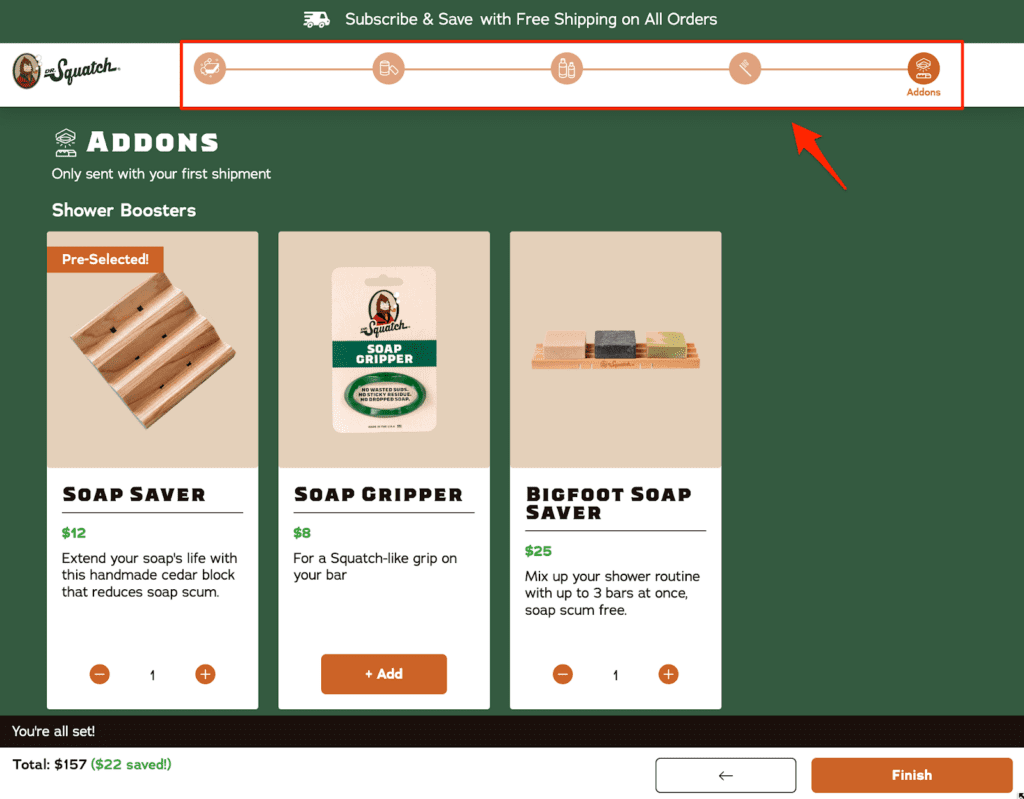
Years ago there was a neighboring business that had an online background check tool. You put in someone’s name and it found info on them. The weird part about the tool was it took 15 minutes to get to the checkout.
I asked them what was up with that and they said “oh, the search happens almost instantly. All the loading screens we take them through are just made up…”
What?!
They said that through A/B testing they figured out that the longer they made the process, the more money they made.
This is when I learned about the sunk cost fallacy. It’s a cognitive bias where people are unlikely to abandon something that they feel like they’ve invested in (through time, money, or energy).
Here are some examples of how you can use it in your marketing:
- Multi-step checkout: add multiple steps to the checkout process. Add a progress bar so they always know how much they’ve invested into the process.
- Reservation deposit: this is more of a tactic for prelaunch but it works really well. Before you launch a product, take small deposits for people to reserve the product before it launches.
#6: Compromise effect
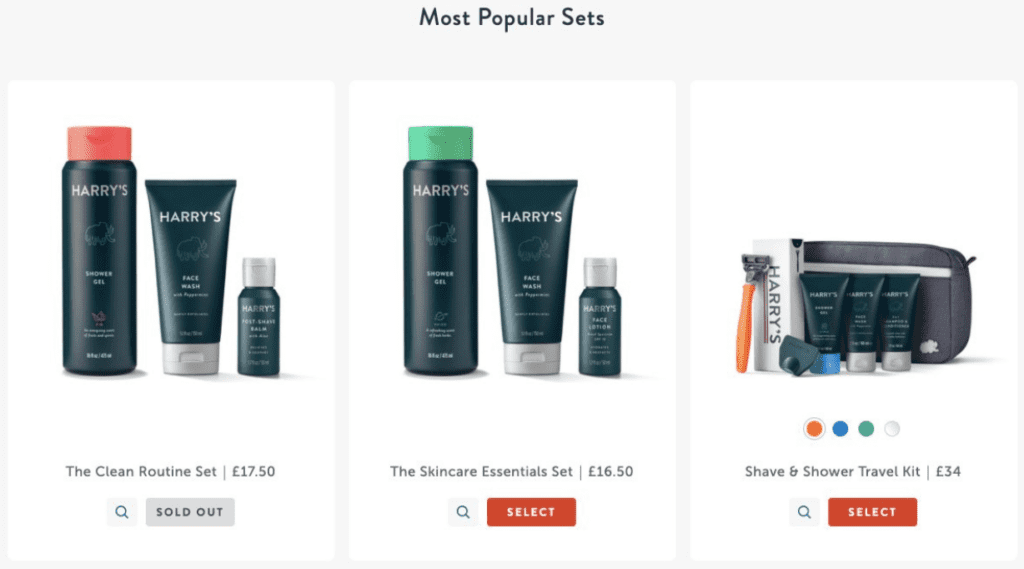
In 1992, some researchers ran a set of experiments. The first had participants choose between two almost identical products. The results were almost a 50/50 split.
The second experiment included three products – a low, medium, and high price product. Now the split was 22% for the low, 57% for the medium, and 21% for the high priced product.
This is the compromise effect. Usually when left with three options, the middle priced item will be the most popular.
Here are some examples of how you can use it in your marketing:
- High margin bundle: create three different bundles with the middle priced bundle being the best margins for your business.
- Add low and high priced products: add a lower and higher priced product than your best seller.
#7: IKEA effect
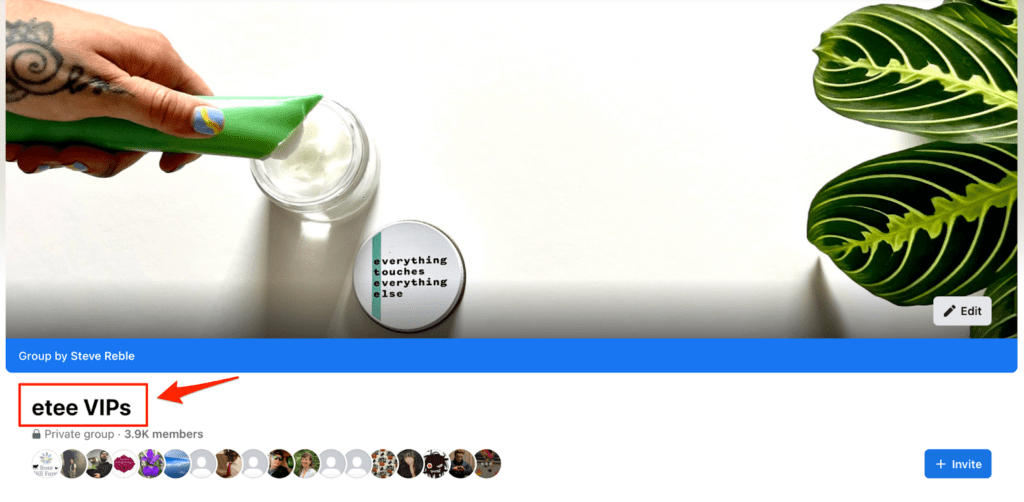
Every time I buy something from IKEA it looks something like this…
“Oh this is nice and it doesn’t look too hard to set up!”
I get home and open the box.
“Dude, why are there SO many pieces??”
3 hours and 32 minutes later.
“That was hell, but I built this and it’s a masterpiece.”
That rollercoaster of emotions is the IKEA effect! More specifically, when someone feels like they are a part of the process, people are more emotionally connected to it. If you use this correctly, people will be more loyal to your brand and likely to buy.
Here are some examples of how you can use it in your marketing:
- Create a VIP group: Create a VIP group (like a Facebook group) and engage with your VIPs. Get product feedback, give them early access to deals, etc.
- Use crowdfunding: to launch your next product, use Kickstarter or Indiegogo and include your backers in the product creation process.
TL;DR
Use these cognitive biases. Make more money:
- Price anchoring: use pricing to influence perception of value
- Loss aversion: make people experience FOMO
- Paradox of choice: give less choices, not more
- The Zeigarnik effect: create an unfinished task for visitors
- Sunk cost fallacy: make visitors invest in the checkout
- Compromise effect: show three price points to sell the middle one
- IKEA effect: include them in the creation process

